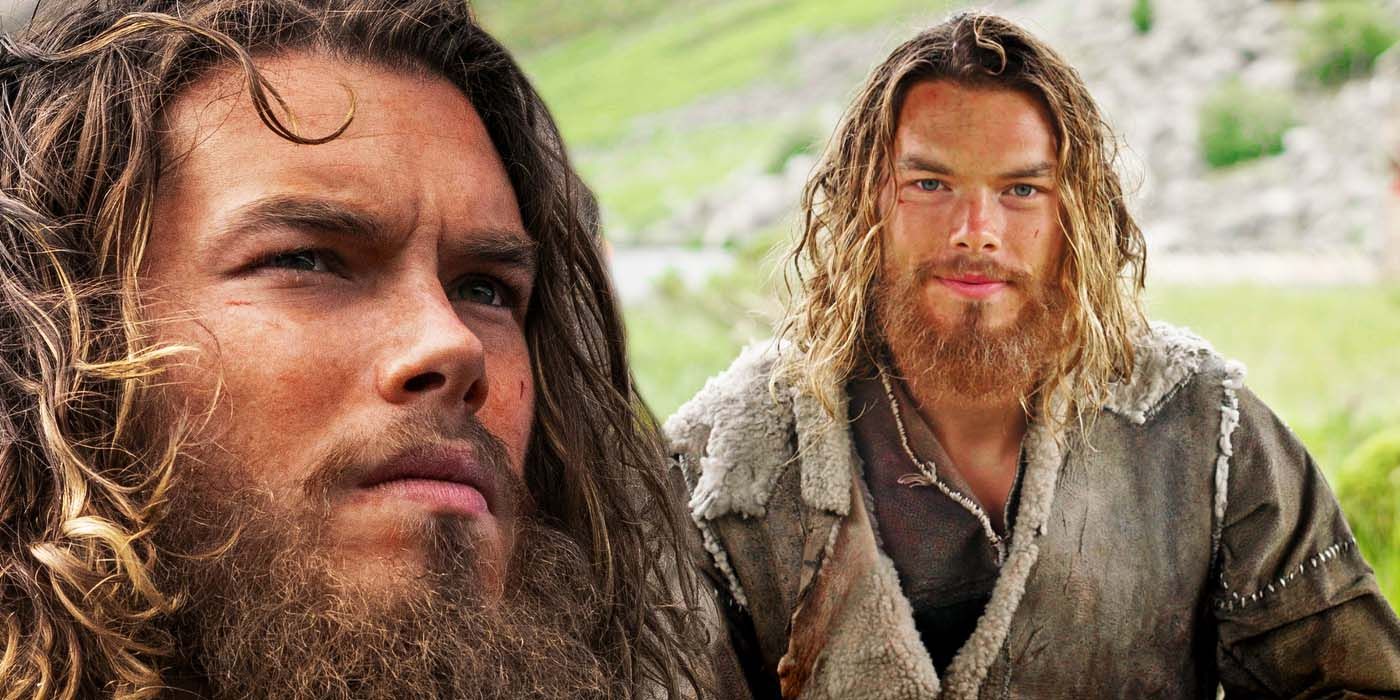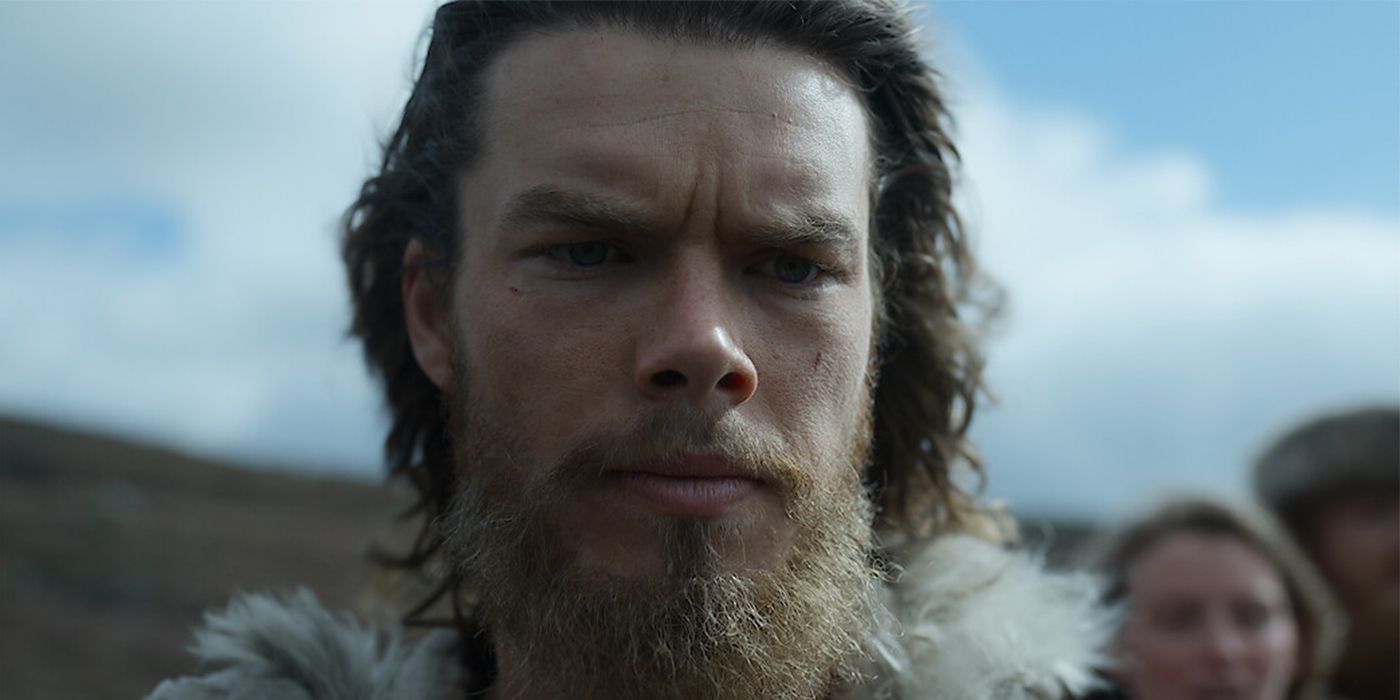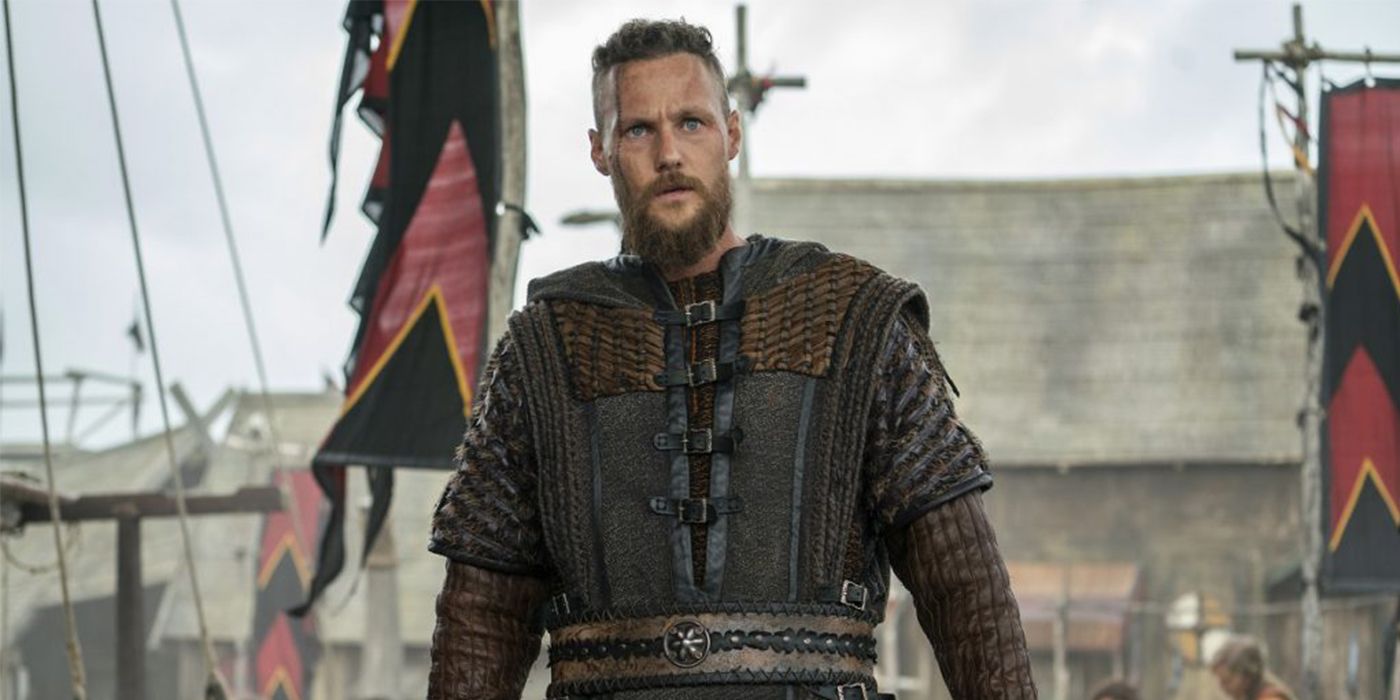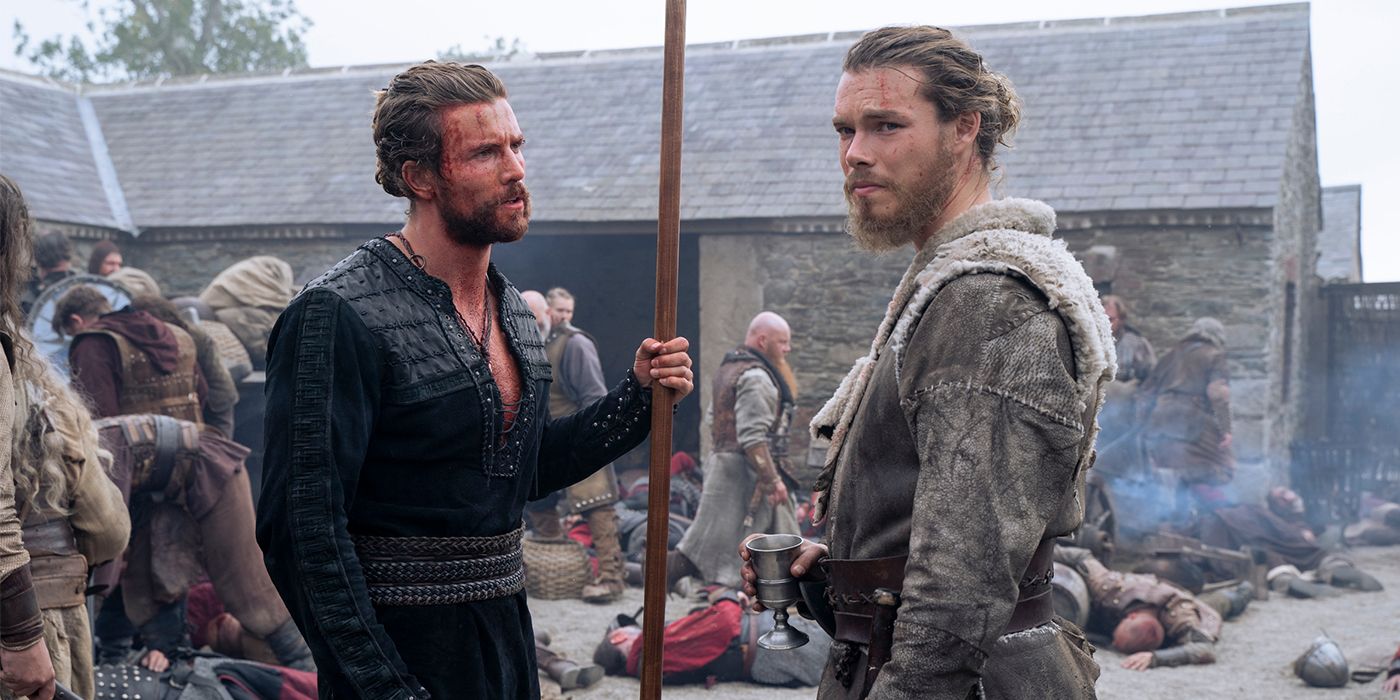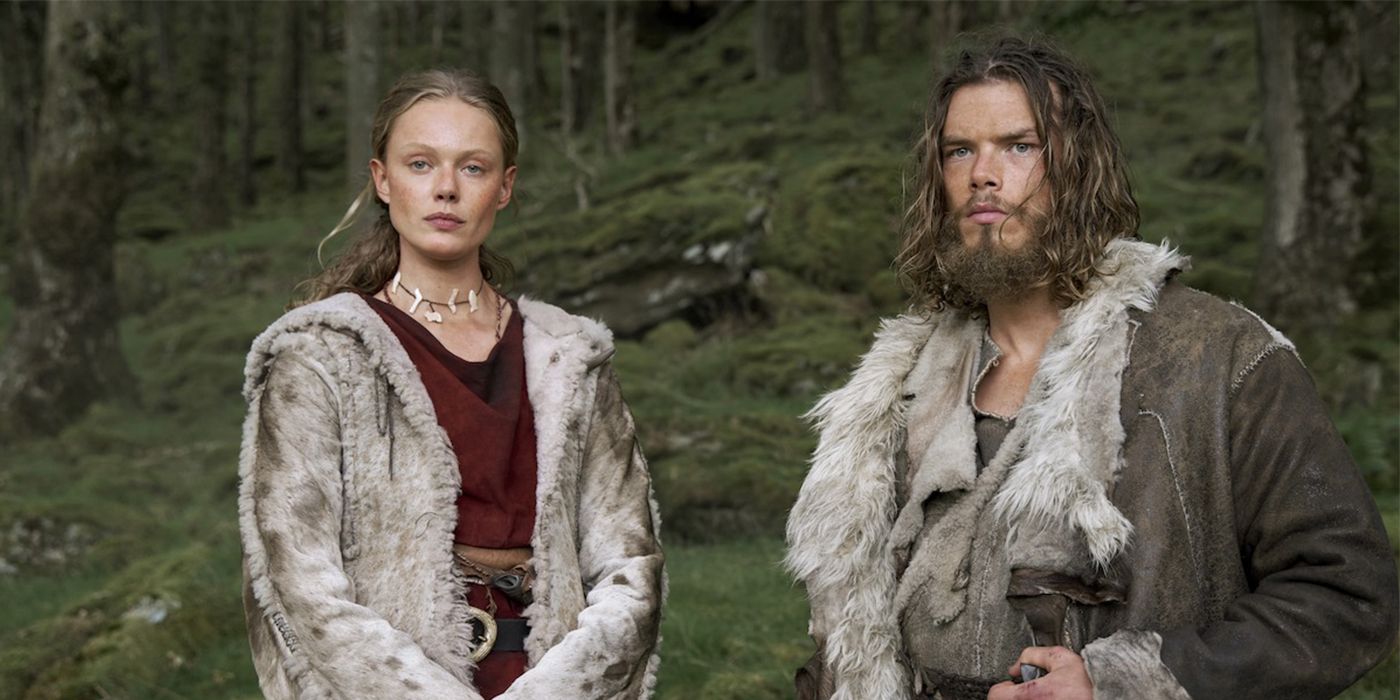Leif Erikson is one of the main protagonists in Vikings: Valhalla, sequel to the original Vikings show - however, he is practically unrecognizable from his historical self. While the show has utilized a slew of historical characters and incorporated them into its condensed retelling of historical events, much in the same way that Vikings did before it, Leif seems to be misplaced as a character in the events being told. While the story so far manages to get a few minor details about Leif’s personality and relationships correct, the in-show version of Leif remains a far cry from the Sagas that tell of his historical exploits.
Vikings was a show that was seemingly renowned for its unique disregard for historical timelines, as well as for its vast creative liberties with historical accuracy. Despite being afforded the opportunity to avoid them this time around, Valhalla has the same historical mistakes as Vikings, at least with regards to the show's disregard for historical authenticity. The shining beacon of an example, in this case, remains Leif Erikson, one of the protagonists of the new show. While most definitely a famed Greenlander with his own Saga, Leif Erikson is famed for reasons that the show fails to fully represent.
Continuing the themes of conquest, war and political intrigue over the lands of England, much like its predecessor show, Vikings: Valhalla shows Leif as part of an ensemble of characters that's collectively taking part in the show's endeavors. While this is undoubtedly to create a tight, cohesive plot for the show, it comes at the cost of characters such as Leif being not only dislocated from their historically accurate geographical locations but equally far removed from their historical timeline and real-life exploits.
Was Leif Erikson Real? Real Life Person & Erik The Red Link Explained
Despite the story deviating far from his historical exploits, Leif Erikson was indeed a real individual. A Greenlander born as the son of Erik the Red, Leif was most notable not only for his remarkable skill at sailing but for his eventual discovery of Vinland, slightly better known in the modern-day as North America. However, exploration and discovery were not unique to Leif, since his line was most likely descended from those who discovered Iceland, where Leif was likely born.
In a connection to the original Vikings show, a character named Erik, perceived to be Erik the Red, was featured in Vikings' later seasons, particularly alongside Bjorn. Given the timeline jump from one show to the other, accompanied by narrative hints that Leif’s father Erik is either alive in Greenland or is rested there in Vikings: Valhalla, it now seems unlikely that the two characters between shows are connected - otherwise, Leif would have to be significantly older. Nonetheless, he was notably absent from the original show, where Erik died. Regardless, much like his father, Leif was a capable sailor and explorer, daring to cross the seas in search of new land alongside his sister, Freydis, to continue what had become somewhat of an informal family tradition.
Vikings Already Took Away Leif’s Biggest True Story
To those unfamiliar with Leif’s story but familiar with the story of Vikings, this point might already sound familiar. Valhalla could link back to Ubbe Ragnarsson, one of the protagonists from the original show, and any Vikings viewers who know of Leif’s history will know why. This is because Ubbe Ragnarsson, at the end of the original show, discovered North America himself, seemingly settling there with little shared intent of returning to the old world.
Unfortunately for the potential of Leif’s story in the sequel, what he is most famed for in history has already been accomplished, thanks to one of the many narrative liberties the original show took. In other words, Ubbe, or more specifically Floki, stole Leif’s glory as the first Viking to discover North America, at least in the shows' connected timeline. While Ubbe did not set up a colony, nor did he set the precedent for perhaps centuries of voyages for trade goods, his discovery of the lands may have removed the desire of the writers to revisit the land anytime soon.
Was Leif Erikson A Great Viking Warrior?
Vikings: Valhalla makes a great effort to portray Leif as a legendary and capable warrior, and while not having shed human blood prior to the start of the show, he seems well-accustomed to hunting - and possibly even fighting polar bears. While this makes for exciting talk for the show and provides a context to his ability to fight, necessitated by the action of the plotline, the real Leif Erikson was not known for being a Viking warrior. Rather, he was more consistently recognized as a great and wise adventurer. While the real Leif may well have been a capable warrior, it was definitely not central to his personality, and he was more noted for his strength, good looks, and intelligence.
Leif embodies Ragnar’s legacy in this sense, as the great Viking not only set a precedent for combat and bloodshed but also for exploration, settlement, and the adoption of Christianity. Leif accomplishes all of the latter in his real-life Sagas, discovering Vinland, setting up a colony for trade, while even adopting Christianity during his time in Norway. Despite Valhalla’s omission of some of - if not the - most exciting and bold achievements of Leif's life, it still has the potential to channel this part of Ragnar’s legacy through Leif, who cares little for conquest compared to others and still has room to show his exploits in the show.
What Valhalla Gets Right About Leif Erikson’s True Story
While Vikings: Valhalla seems to fall short on many of the true details of Leif Erikson's real and adventurous life, it should be noted that some details are correct. Leif’s similarities to Vikings' Ragnar with regards to his navigational and sailing abilities are represented in the show - and there remains potential to see his travels to the Americas. It would seem unlikely that Leif’s prowess as a ship captain in the show was not an attempt to foreshadow a long-distance journey at some point in the future of the show.
However, perhaps what's more profound is the addition of Freydis Eriksdottir, as well as the mention of Erik the Red. Freydis was indeed Leif’s sister in real life and even accompanied him on his journeys to North America and to Vinland, appearing in his Saga. Equally, Erik is verbally noted to have been a capable warrior and to have been living in Greenland in exile as a result of murder, which also rings true to the real-life stories of the individual.
Despite Vikings: Valhalla’s story being based on true events, historical liberties have been taken throughout the show. Yet, there still seems to be an intent to involve the true history of the Vikings within the story's overall narrative. While the show so far has fallen short of delivering to the audience much of what has given Leif so much historical notoriety, the early story beats that the show does get correctly set precedent for a more faithful adaptation of his story in the show's future. While Vikings: Valhalla’s Leif Erikson remains largely unrecognizable from his historical self, there's still room for better representation in future seasons.

